Michelle Low is an educator with an interdisciplinary Humanities and Social Science background who spends her time outside of lecture rooms, tweeting and blogging about gaming and pedagogy, watching gameplay, and researching and writing about Ancient Egypt Reception Studies and archaeogaming.
Imagine an alternate universe where Soviet Union, instead of Japan, bombed Pearl Harbour causing Soviet Union and United States to be at war with one another. Further complicating matters, Soviet Union agrees to either an alliance or truce with Germany, thus allowing for the territorial expansion of Nazism throughout Europe. Owing to the truce or alliance, Stalin turned a blind eye on the Holocaust. While Europe and the United States find themselves at different sides of the war, Japan remained an inactive or absent party of the war, left to develop its country, specifically its technology. Lastly, to add to the alternate universe, King T’Chala of Wakanda, yes Wakanda, an independent nation, discreetly supplied vibranium to both sides of the war.
Your task is to divide yourselves into groups of 3-4 and choose a country to represent (Soviet Union, United States, Japan or Germany) for a term. As representatives of your selected country, research and create possible scenarios for this alternate universe. Between Weeks 2-5, each country will explain their strategies and growth whilst taking note of the other three countries’ progress.
The above was the role play assignment I designed for the January 2018 World Civilisation 2 class.
Behind the Assignment
Inspired by a random evening chat with a friend, the original idea of the assignment was a class debate or discussion on World War 2. He explained that the class would be divided into the Axis and Allies who then needed to strategize or negotiate the War. As a humanities educator, in an education culture where ‘spoon-feeding’ is synonymous with ‘learning’, I was instantly drawn to the idea because of my friend’s non-history and non-academic background. He mentioned that if his history classes (in secondary school) were more interactive and hands-on, he would have been more interested and open to the idea of learning about the subject (and field). This chat made me realize that had my friend (and many others) been taught to think and challenge facts like a historian instead of being forced to memorize a string of facts to score for an exam, Malaysians would have a more positive perception of history.
Hence, prompted by the lack of ‘historical thinking’ and ‘historical imagination’ development in the Malaysian education system, and my friend’s idea, I fell into an academic rabbit hole. Though I teach at a tertiary level, my students have been nurtured in a culture where ‘spoon-feeding’ is a necessity while creativity and curiosity are heavily discouraged. Hence, using my friend’s idea as the basis, I searched for the ‘easiest’ historical event(s) which fulfilled the following conditions:
- have ample of accessible sources,
- would be the most familiar to the students, and
- would be the most riveting to explore.
The two events which fulfilled the conditions are World War 2 and the Holocaust. However, it dawned on me that both events had already been heavily debated with a variety of suggestions and solutions posted online. Thus, neither would provide my students with the right opportunity to independently cultivate ‘historical thinking’ and ‘historical imagination’. As McCall aptly wrote in his PlaythePast article ‘The Unexamined Game is Not Worth Playing’, “if we want our students to think and challenge, we cannot only present them with valid models”.
Consequently, I focused more on the reason behind my friend’s suggestion – interactive and hands-on learning approach to ignite a sense of interest and a positive perception of history – to design a more challenging assignment. Struggling to design it, I presented the idea to my colleagues (Mathematic and English Language academics with no background in history) who pointed out that video games such as Red Alert 2 distorted World War 2 by including prism tanks (tanks which shoot laser) and the chronosphere (a teleportation machine invented by Albert Einstein, yes the E = mc2 Einstein). This then sparked a thought to add a twist to my friend’s original idea – what if I altered the roles played by some of the more integral nations involved in World War 2 and added a foreign element which I would be in control of such as Wakanda and its vibranium?
Thus, the birth of the #AlternativeFacts World War 2 Role Play.
Except, how was I, the facilitator, going to effectively measure the students’ progress of independently cultivating ‘historical thinking’ and ‘historical imagination’ whilst ensuring that they enjoyed the process of learning? Indeed there are a number of practical frameworks available including McCall’s ‘Gaming the Past’ book; however none were suitable for the educational climate my students are so accustomed to. It would be negligent and possibly malicious of me to ignore the different educational context and simply use the available frameworks which my students are more likely to fail to adapt to. Hence, without such a framework, I took the academic plunge and decided to be honest with my students. On the first day of class, I explained to them the idea including my intentions for such an unconventional assignment and my uncertainty of the effectiveness of the assignment. Their immediate reactions ranged from excited to nervous and unsure because they had never worked on such an assignment and some could not see how such an unconventional assignment would help them learn about “dead people and old things”. However, I think it was because of my honesty that the students were ultimately persuaded to give the assignment a chance, especially because this idea would provide them with the opportunity to learn at their own pace.
The #AlternativeFacts World War 2 Outcome
What stood out for me most was the class’ general consensus to achieve a peaceful outcome instead of a full-blown war with an obvious winner and loser. The first hint of a peaceful outcome was the lack of an active reaction by USA when Soviet Union bombed Pearl Harbour. The former had initially prepared for a battle to occur but consequently decided to form an economic alliance with Japan and Soviet Union, which resembled the Lend-Lease Act 1941. This unlikely decision stemmed from a severe distrust towards Germany. The second hint of a peaceful outcome was Germany’s decision to overthrow Hitler and reestablish the Kaiserreich with Wilhelm III as the Head of State. This decision led to the cessation of Nazism in Europe and the inclusion of the Jews as German citizens. Moreover, Germany created the Crown Pact which would serve as the bedrock for a future European Alliance – an alliance which would mirror the existing European Union. Interestingly, the other three groups saw this Pact as Germany’s way of expanding their influence throughout Europe thus threatening the safety and sovereignty of Soviet Union and Japan’s opportunity to colonize Asia. Hence, the economic pact between USA, Japan and Soviet Union evolved into a peace alliance; Foedere Pacis Alliance. In a surprising turn of events, I saw the class divide itself into a three-against-one scenario with USA and Soviet Union on the same side.
Unfortunately, the introduction of Wakanda and vibranium seemed redundant as I did not allow for Wakanda to be an active participant of the war and owing to the nature of vibranium – its ability to absorb and release energy as a form of defensive mechanism, vibranium tanks and bullets (a vibranium frisbee-like shield akin to Marvel’s Captain America’s shield was proposed but I rejected it because it defied one of the conditions of the assignment which was the exclusion of superheroes) became expendable because neither side could win any of the battles if everyone had access to vibranium.
Hence, after four and a half weeks of battling, the four nations unanimously decided against the idea of a full blown war because of the uselessness of vibranium weapons and primarily because they were rather adamant on obtaining a peaceful outcome. Evidently, they were not allowed to simply declare peace but had to effectively negotiate how all four nations came to a peaceful conclusion. The negotiation saw the dissolution of the European Alliance, Germany joining the Foedere Pacis Alliance, decolonization of Asia, and either the melting of all weaponry or the return of all vibranium weapons to Wakanda.
Personal Observation and Students’ Feedback
Within the span of four weeks, I observed the students transition from students working on an assignment to a class fully immersed in their fictional roles as Soviet Union, Japan, USA and Germany. Each group went from trying to meet the grading requirements of updating their padlets – an online post it wall website – on time to seizing any opportunity to discuss with me their ideas and plans to asking for an additional week because they wanted to actively figure out how they could negotiate a peaceful ending.
On the final day of the assignment, I asked them for their constructive feedback about the assignment. One of the feedbacks was to create a more definite checklist and guideline for each country or group, and that the checklist should include contradictory motives such as country A must form an alliance with country B but country B can form an alliance with any country but country A. Another feedback was that the assignment should be prolonged as it would give them the opportunity to properly experience the role play and imagine how other possible outcomes would have played out. On a personal level, the following feedbacks are even more important because it showed that the students had developed historical thinking and imagination. These feedbacks include finally understanding why certain historical events unfolded as they did, why countries do not go to war at the sight of a challenge, and how difficult it was and is to manage a country, let alone collaborate with other nations. Lastly, the students agreed that they finally realized that history can be engaging and relevant mainly because they were allowed to be in control of their learning process.
Hence, despite having to create the practical framework as the assignment progressed, the above-mentioned feedbacks proved that my friend’s original idea and reason stand true: that if students are given the opportunity to be more interactive and hands-on with their learning process, they would be inclined to learn more about the subject (and field). In conclusion, the assignment was effective at allowing my students to independently cultivate ‘historical thinking’ and ‘historical imagination’ whilst having fun learning about history. Hence, I intend and have in fact, finished another round of role play with another history class – this time focused on Ptolemaic Egypt – and am also in the midst of designing another to focus on the French Revolution, all of which I will continue to journal on my personal blog: The Humanities Educator and publish on ‘PlaythePast’ in the near future.
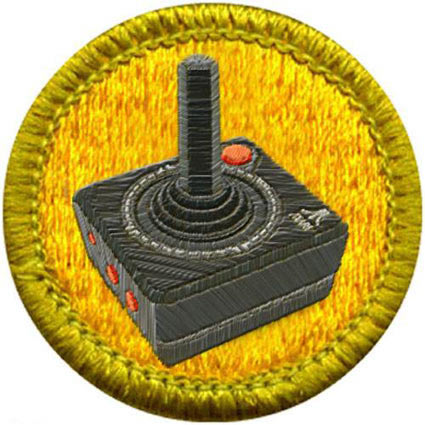
Got a great idea for a post you think our readers would love? Want to be a guest writer for Play the Past?

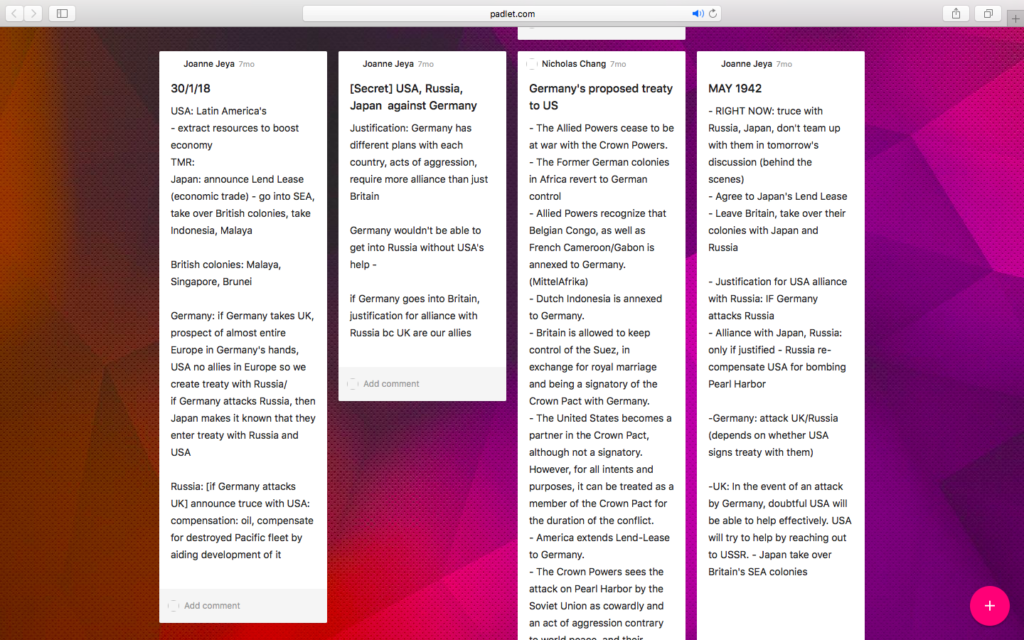
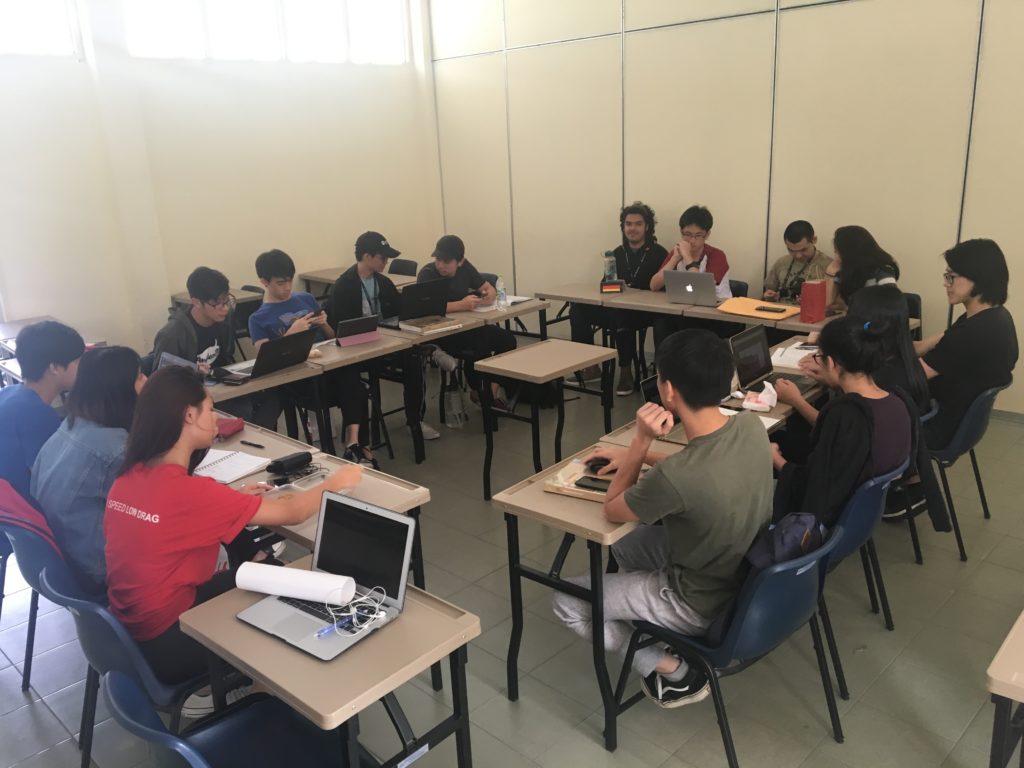
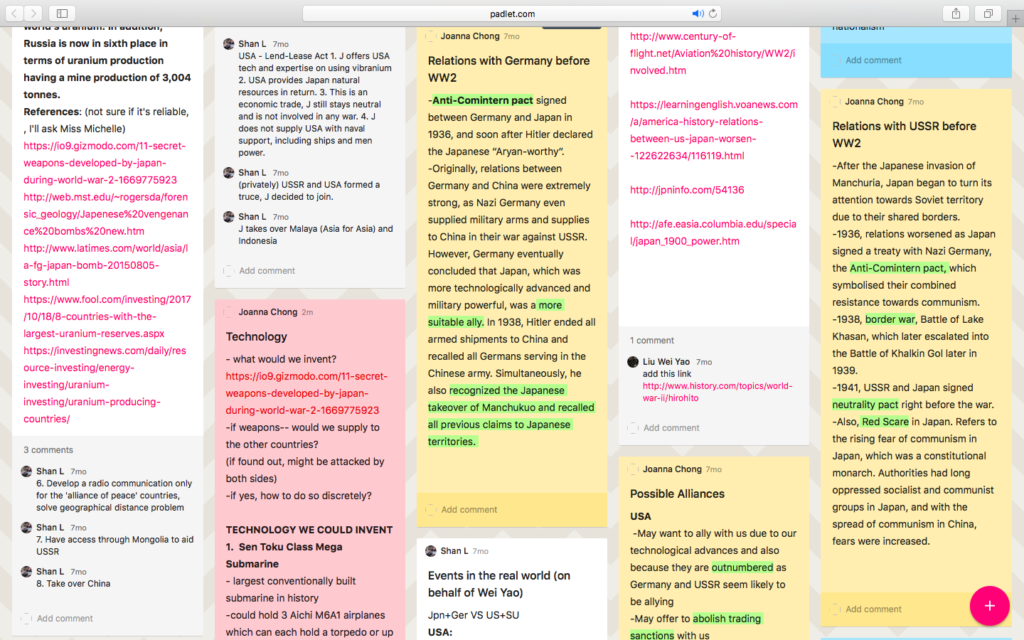
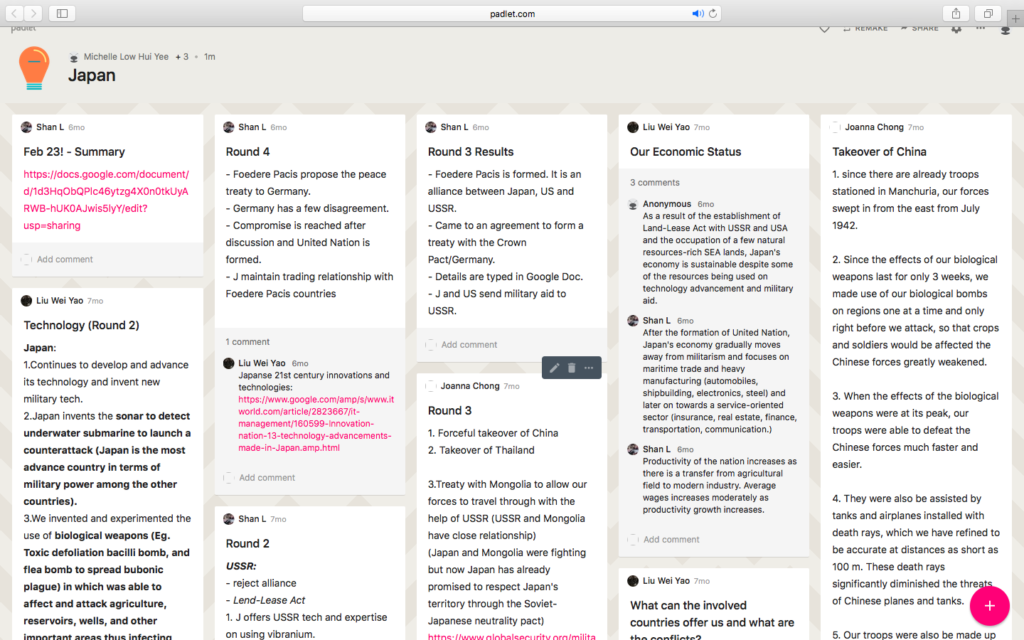
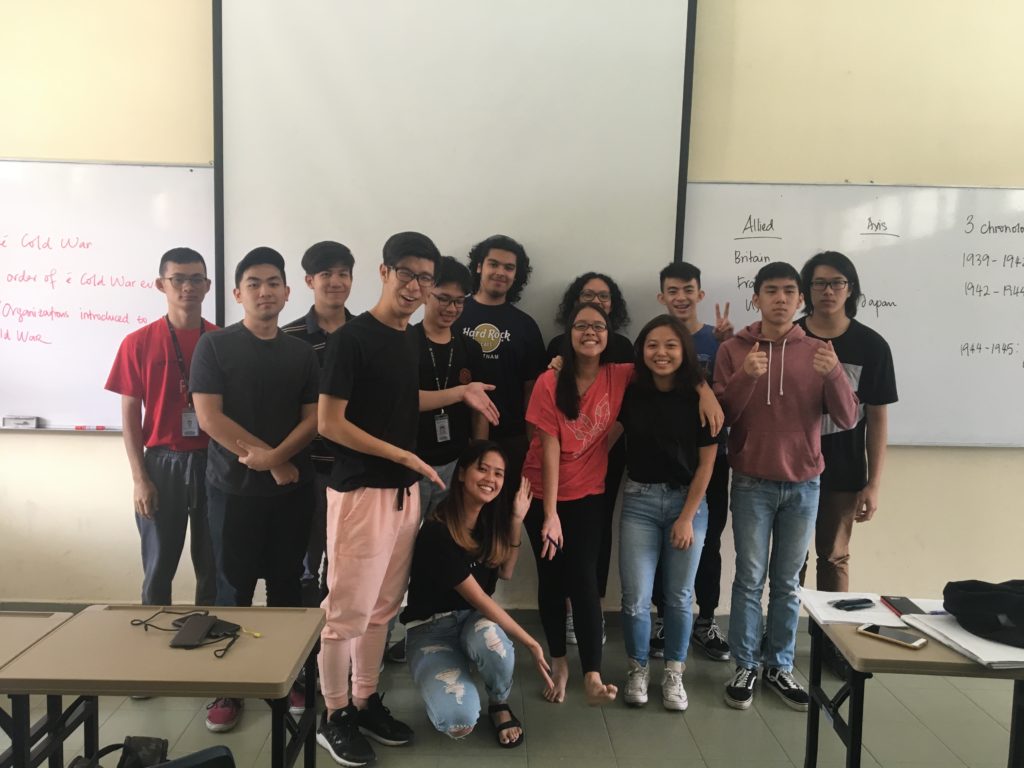
2 Comments